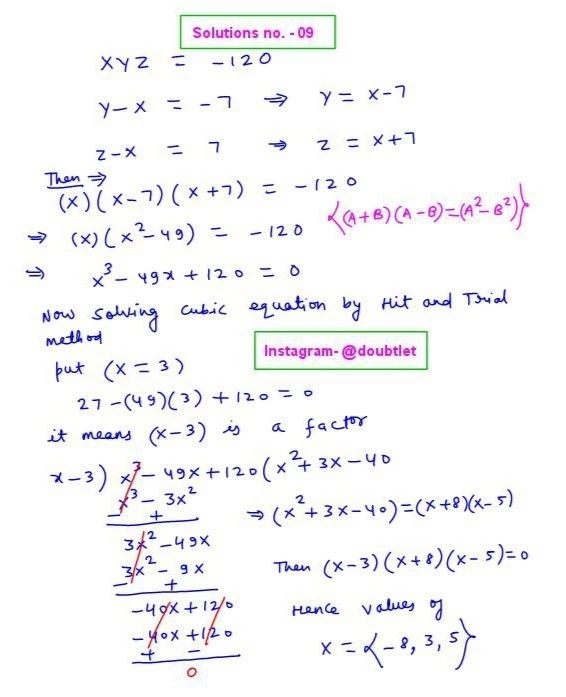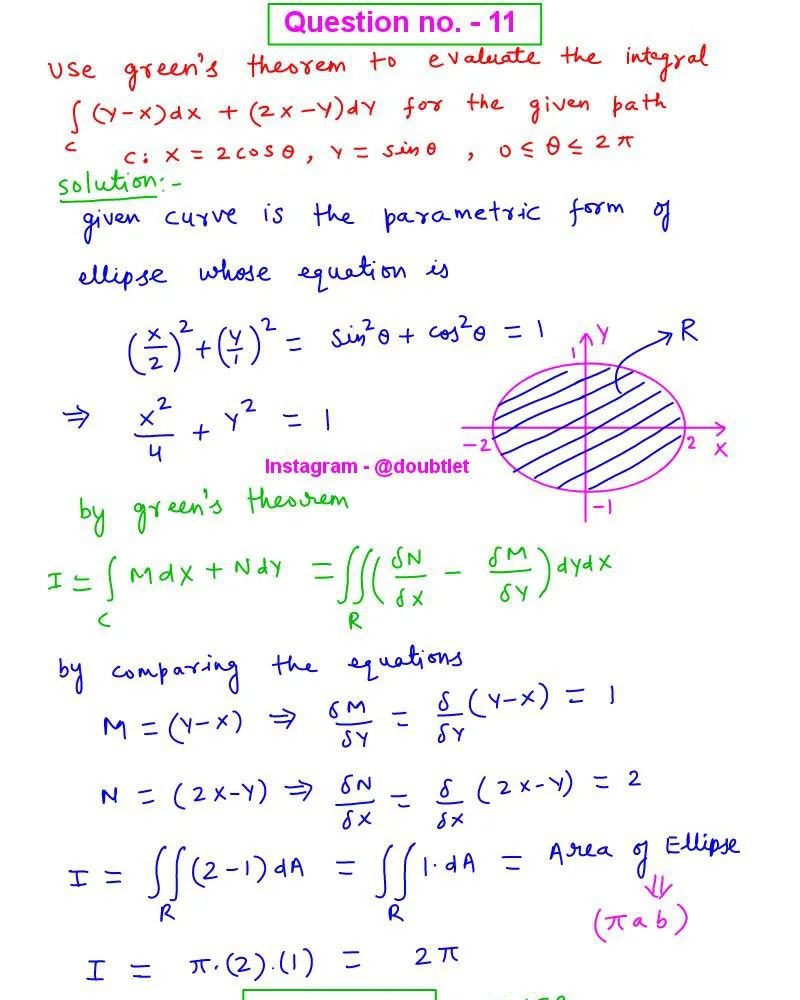









Question :
Find a vector function, , that represents the curve of intersection of the two surfaces: the cylinder and the surface

Solution:

Neetesh Kumar | December 14, 2024
Calculus Homework Help
This is the solution to Math 1C
Assignment: 13.1 Question Number 10
Contact me if you need help with Homework, Assignments, Tutoring Sessions, or Exams for STEM subjects.
You can see our Testimonials or Vouches from here of the previous works I have done.
Step-by-step solution:
Step 1: Parametrize the cylinder
The equation of the cylinder represents a circle in the -plane with radius centered at the origin.
A standard parametrization of this circle is:
where is the parameter, and .
Step 2: Use to find
The surface relates to the and coordinates.
Substitute the parametric expressions for and into :
Using the trigonometric identity , we can rewrite as:
Step 3: Write the vector function
Combine the parametric expressions for , , and into a single vector function:
Final Answer:
Please comment below if you find any error in this solution.
If this solution helps, then please share this with your friends.
Please subscribe to my Youtube channel for video solutions to similar questions.
Keep Smiling :-)
Comments(0)



Leave a comment